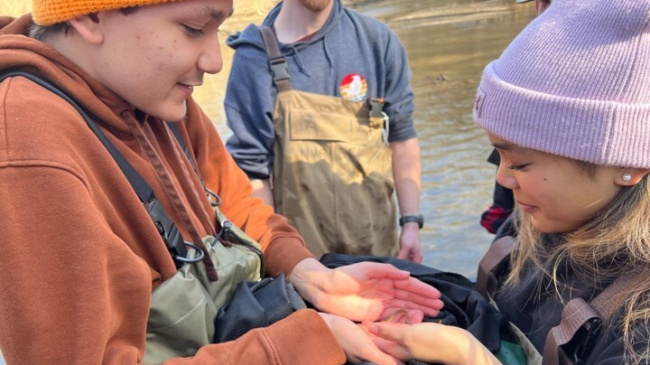Three NOAA employees were recognized at the annual Black Engineer of the Year Awards offsite link (BEYA) Global Competitiveness Conference, which was held February 13-15, 2020, in Washington, D.C. These awards recognize significant achievement in science, technology, engineering, and math (STEM).
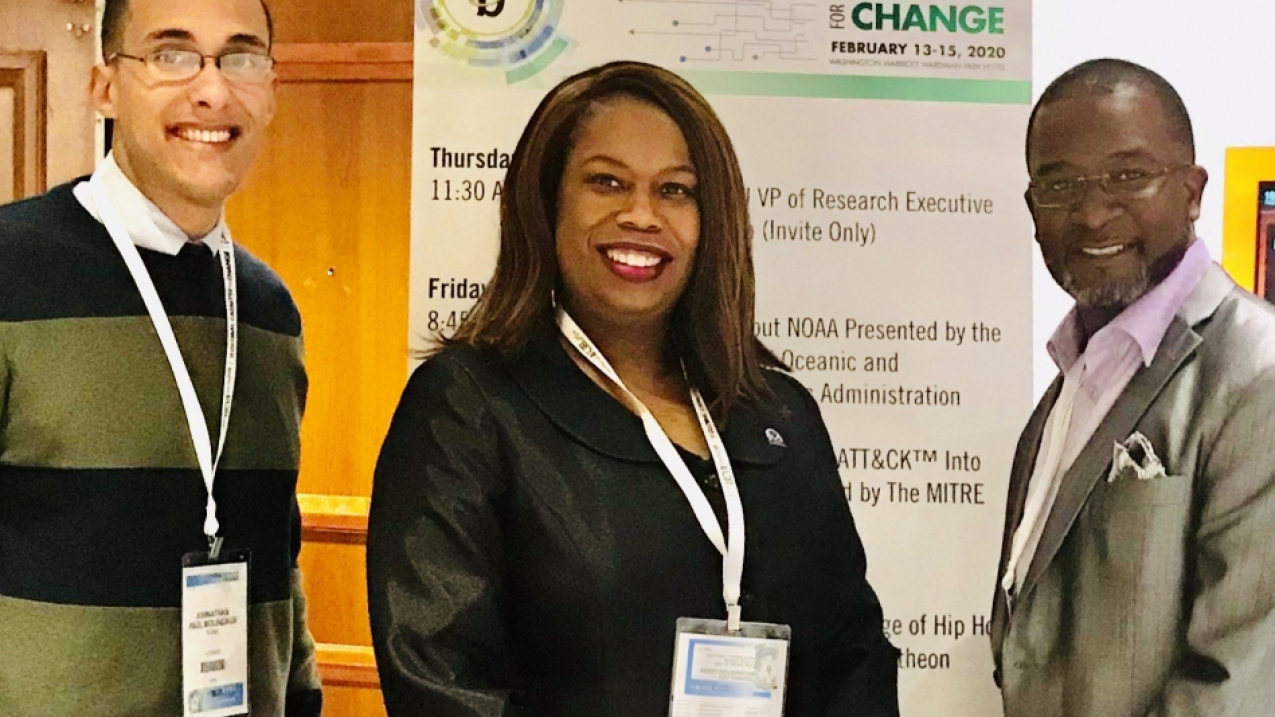
Three NOAA employees, (left to right) Jonathan Molineaux, Kandis Boyd, and Bill Parker, were recognized for their significant achievements at the 2020 Black Engineer of the Year Awards. (Image credit: Chantel Bivins/NOAA)
This year marks the 34th annual BEYA STEM Conference and its celebration of outstanding contributions to STEM fields across the public, private, and academic sectors. BEYA brings together professionals and students to share their experiences, network, and explore STEM career paths. This year, NOAA staff attended the career fair and encouraged students to apply to the Pathways Internship Program through USAJobs.
“Congratulations to NOAA’s inspiring recipients of these prestigious awards,” said Louisa Koch, Director of NOAA Education. “It's rewarding to see these individuals recognized for their accomplishments, and I'm proud to know that I work for an organization that is committed to investing in a diverse and inclusive workforce."
Take a moment to learn about their paths to careers at NOAA and their advice for future STEM leaders.
Read Dr. Boyd's bio
Dr. Kandis Y. Boyd was the first African American female to receive an undergraduate degree in meteorology from Iowa State University in 1996. She quickly climbed the NOAA ranks to become the Acting Director of the Weather Program Office, a $44 million dollar multidisciplinary scientific program management office at NOAA. She first joined NOAA in 1994 with a part-time position at the National Weather Service (NWS) Weather Forecast Office (WFO) in Des Moines, Iowa, as a part of the NOAA Summer Career Experience Program. Boyd received an award for providing warning updates via NOAA Weather Radio during the great Iowa floods of 1996. Boyd spearheaded the NWS Turn Around Don’t Drown Program, a national flash flood safety awareness campaign geared to prevent individuals from entering flooded roadways. She also served as the on-site meteorologist during the 2005 landfall of Hurricane Katrina and provided around-the-clock updates to Governor Blanco for 11 continuous days before, during, and after the landfall — resulting in a Bronze Medal for her efforts.
Boyd received a national appointment from the NWS Assistant Administrator to the NOAA Headquarters Program Coordination Office under VADM Lautenbaucher’s Administration. She devoted eight years as the Executive Officer for the National Environmental Satellite Data and Information Service Assistant Administrator and Deputy Assistant Administrator. She also served as the co-chair of the NOAA Environmental Modeling Strategic Plan and the Designated Federal Officer for the National Climate Assessment and Development Committee, and received high commendations and a NOAA Administrator’s Award for her service.
Boyd is currently the Acting Director of the Weather Program Office and manages a team of 25 diverse, award-winning members. In addition, Boyd is credited with creating the #WOMENofNOAA campaign. Her diversity and inclusion initiatives were recently recognized by NOAA Research, and in 2019, she was the recipient of the Office of Oceanic and Atmospheric Research Equal Employment Opportunity/Diversity Individual Award.
Boyd has served on several committees and boards across NOAA, including the Nursing Mothers Board where she received a NOAA Administrator’s Award for her efforts to create the first lactation rooms at NOAA headquarters. For 25 years, Boyd has led numerous organizational development efforts for the betterment of NOAA, and is the recipient of the 2020 BEYA Career Achievement in Government Award.
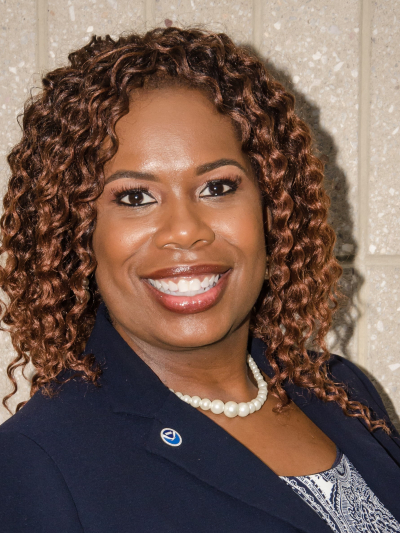
How did you get interested in STEM?
My father was a science teacher for the Chicago Public School System for over 30 years. He often developed hands-on science activities for his class and used me as a tester. Science came naturally to me, so I developed an interest in weather after a bolt of lightning struck a tree in our front yard and electrocuted my dad's prized color TV.
What’s the best part about working at NOAA?
The people. For 25 years, I’ve communicated the importance of weather and research to help save lives and property, both nationally and globally.
What advice would you give to upcoming STEM professionals?
Be flexible and open to the possibilities. Over my 25-year career, I’ve had 10 different positions in five different organizations. All were STEM-related, but shaped my professional career in remarkable ways.
How did you get your start at NOAA?
I was the first African American female to receive an undergraduate degree in meteorology from Iowa State University. I attended the university as a recipient of the George Washington Carver Scholarship, which paid my tuition, room, and board. During my third year of school I accepted a student intern position at NOAA’s National Weather Service as a part of the Summer Career Experiences Program (SCEP). This experience was life-changing, and I was non-competitively accepted into the federal government after fulfilling the SCEP requirements. This led to my 25 years of service within the Department of Commerce and NOAA.
Read Mr. Parker's bio
Bill Parker is a native of New Orleans, Louisiana. He attended Jackson State University and received a Bachelor’s of Science in Meteorology in 1994. He currently serves as the Meteorologist-in-Charge of the National Weather Service Weather Forecast Office in Jackson, Mississippi.
Parker strongly believes in serving his local community and is a true diversity champion. Over his 25 years of service within the National Weather Service, he has successfully recruited more than one hundred students to work in NOAA facilities through volunteer and internship opportunities. As a result, Parker has received 14 awards directly related to being a diversity champion and promoting science, technology, engineering, and math (STEM) education and outreach for NOAA. He is a recipient of the Volunteer of the Year Award from Volunteers for Youth Justice, and has been recognized as an African American Modern Day History Maker by KSLA-TV. He has recently been nominated to be inducted into Epsilon Pi Tau Technology Honor Society.
Parker directly understands the huge impacts that hazardous weather has made on minority and underserved communities. After personally warning and alerting his own family members of the dangers of Hurricane Katrina, he also ended up housing more than sixty evacuees after the devastating storm. He is currently advising Jackson State University’s College of Science Engineering and Technology in the development of a Center for Community Resilience to provide specialized emergency and disaster management and preparedness education to our most vulnerable communities.
Parker has served in ministry for 22 years, which includes serving as a foreign missionary in Haiti, and currently as the Pastor of Word Alive Church and Communion House. He has been married to Ms. Melanie Quincy Parker for 23 years, and they have three sons and one daughter. Parker is very grateful to be recognized by BEYA as a Modern Day Technology Leader.
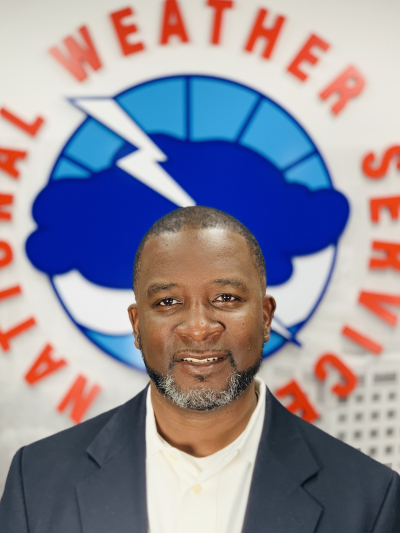
How did you get interested in STEM?
Going back to my grammar school years, I have always had a strong interest in math and science. Growing up in New Orleans, hurricanes often captured my attention, but I didn’t know I wanted to be a meteorologist until I took a statistics class in high school, in which we discussed forecasting rain chances.
What’s the best part about working at NOAA?
Being a part of the true mission of helping to save lives and property, and genuinely working to build a “Weather Ready Nation” — which means making sure all communities are prepared, responsive, and resilient to severe weather.
What advice would you give to upcoming STEM professionals?
My career has largely been about following and taking guidance from the right people. That person does not have to be someone directly connected to your STEM field, but it should be someone with vision, positive influence, and an ethical character. Also, join professional organizations so that you may expose yourself to a diverse network of people. Just like the old African proverb states, “It takes a village to raise a child,” I believe it takes a diverse group of senior professionals investing into our younger professionals for their career growth and success.
How did you get your start at NOAA?
I focused on TV weather during my first three years of college, but was introduced to operational weather forecasting after receiving a summer internship at NOAA’s National Weather Service (NWS) office in New Orleans in 1993. At the end of the summer, the Meteorologist-in-Charge at the time, Billy Crouch, asked me what my plans were after graduation. I told him I planned to become a TV weatherman since I had three years of broadcast experience and only one year of experience in operations at the NWS. He asked, “Do you have a TV job lined up?” I said, “No.” He then asked, “If I can promise you a job upon graduation, would you come work for the NWS?” I said, “Yes, sir!”
Jonathan Molineaux Recipient of the Science Spectrum Trailblazer Award
Read Mr. Molineaux's bio
Jonathan Molineaux is currently a fisheries biologist with NOAA Fisheries Office of Protected Resources Endangered Species Act (ESA) Interagency Cooperation Division in Silver Spring, Maryland. His daily responsibilities include working on Section 7 ESA consultations with a number of different action agencies to ensure the protection of endangered and threatened species that may be impacted during a federal agency’s proposed action. Molineaux recently worked on a consultation with NOAA Fisheries Directed Take Permitting Program, which proposed to authorize a five-year permit on research and enhancement activities aimed at recovering the endangered Hawaiian monk seal population. In addition to ESA Section 7 consultations, Molineaux has experience with ArcGIS and is currently working to create a GIS system for a consultation tracking system that will allow fisheries biologists to upload, store, and analyze spatial data of project areas.
Prior to working as a fisheries biologist within NOAA Fisheries, Molineaux was an assistant to the NOAA Fisheries ESA Section 7 National Coordinator, supporting her with compiling and editing guidance materials and drafting status of species templates for Section 7 consultations. After, Molineaux assumed a role working on Marine Mammal Protection Act incidental take permits, which included permitting various activity types ranging from construction projects, pinniped disturbance research activities, and seismic surveys.
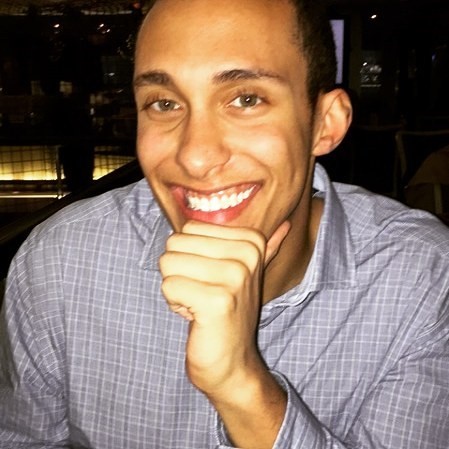
How did you get interested in STEM?
I became interested in STEM, specifically the natural sciences, from an early age. My mom was a park manager for Oxon Hill Farm, a National Park located in Oxon Hill, Maryland. When I was a kid, I would spend hours patrolling the park, milking cows, feeding chickens, and exploring plants and animals along the park’s wooded trails. This experience gave me a deep yearning to learn more about the natural world and its complex ecological relationships.
What’s the best part about working at NOAA?
The best part about working for NOAA is having the opportunity to learn something new and interesting each day. While conducting Section 7 consultations on a planned federal activity, I acquire a wealth of knowledge on multiple topics ranging from innovative technology used to map our Earth’s ocean floors to learning about cutting-edge research programs aimed at recovering our nation’s endangered and threatened marine species.
What advice would you give to upcoming STEM professionals?
Never give up and continue to stay curious and fascinated about your respective STEM interest. Also, maintain hope and do not be afraid to seek out mentorship from others when you come upon roadblocks. There will always be obstacles during your career, but optimism and mentors will guide you along a successful path.
How did you get your start at NOAA?
I started at NOAA as a contractor with Ocean Associates Incorporated. I found out about the position through a job announcement that was posted to an online blackboard site for a class I took while pursuing my Master’s of Environmental Management. I was brought on as an assistant to the NOAA Fisheries ESA Section 7 National Coordinator at the time, Kellie Foster Taylor. Taylor was a great mentor for me as she was highly knowledgeable about Section 7 of the Endangered Species Act. She was able to educate me on key facets of the ESA and helped instill a strong passion for public service within me.



